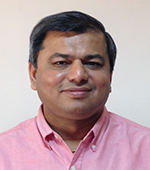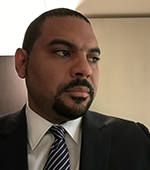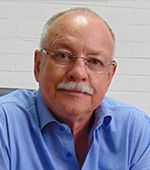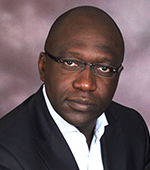Diversification and a long-term perspective critical SOMIKA’s success.

Could you provide brief update on the major milestones that SOMIKA has achieved in the past few years?
Since 2016, SOMIKA has managed to acquire mining rights closer to Lubumbashi. Additionally, we have begun mining with a process plant that brings the ore from two percent to ten percent grade. Now that SOMIKA has a fully installed capacity for 20 thousand tons of copper cathodes and two thousand tons of cobalt hydroxide production, our production will reach full capacity in 2018. We have several expansions we are looking to accomplish in 2018 as well. SOMIKA is looking to have its own sulfuric acid plant at the site of PE 2590, a mining site, that will allow our company to grow by gaining greater independence in our mission to achieve full integration through our operations. In 2018, at the site of concession PE 2590 SOMIKA has a planned expansion of 20000 Mt of copper cathodes production. KIMIN is planning for an expansion of 20000 Mt copper cathodes and 2500 Mt of cobalt hydroxides in 2019.
How did SOMIKA adapt its strategy during the downturn of commodity prices? Continue reading


 Polytra has been operating major projects in Africa since 1974, making it one of the longest standing freight forwarding companies in the DRC. What milestones have been achieved by the organization most recently?
Polytra has been operating major projects in Africa since 1974, making it one of the longest standing freight forwarding companies in the DRC. What milestones have been achieved by the organization most recently? 

 Sodeico was established in 1987 and offers recruitment, outsourcing, payroll, consultancy, training, and HR solutions. How important is the mining industry as a client to the company andhow do you aid in the recruitment process?
Sodeico was established in 1987 and offers recruitment, outsourcing, payroll, consultancy, training, and HR solutions. How important is the mining industry as a client to the company andhow do you aid in the recruitment process? 





